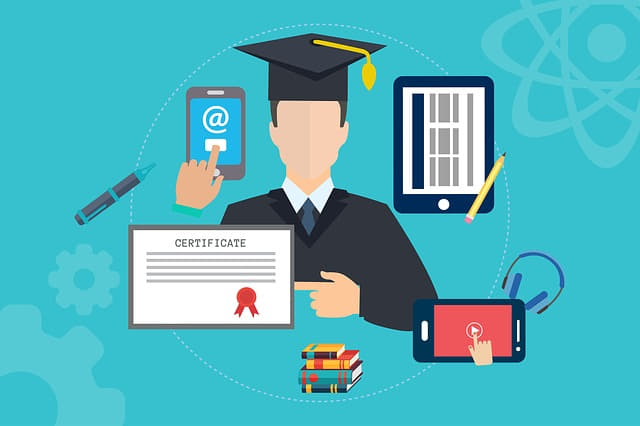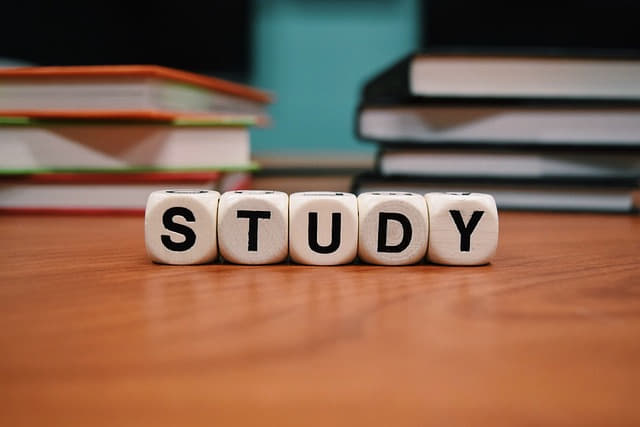We all know that reading is an imperative for learning in most cases, especially in school. Personally, I’ve learned so much since graduating through reading books and articles. Unlike going to classes at particular hours and having to adjust to the teaching pace, reading books and other materials offer the convenience of being able to learn at your convenient time and convenient pace. You don’t adjust to the classes, the “classes” adjust to you. Reading for optimal learning isn’t as simple as, well, just reading.
There is a systematic way of reading materials for accelerating your learning experience – the SQR3 technique. SQR3 stands for Survey, Question, Read, Recite and Review and is a good technique created to help improve reading recollection through different and repeated ways of engaging the material. One key to memorizing something is repetition – the frequency of our engagement with something determines just how deep into our long-term memory it can sink. Some students go through their assigned readings two times to be familiarize themselves well with the material. But as much as repetition helps us learn something, reading for optimal learning requires that such repetition also be systematic or methodical, i.e., there should be a method to the madness. One systematic reading technique was already discussed – summarizing. Another is the SQR3 technique. Let’s take a closer look at the 5 important parts of this technique.
SURVEY
In this first step, you read the material simply by surveying it in order to get a general picture of overview. This step is also referred to as skimming or scanning. The reason behind this first step is that our minds prefer seeing the bigger picture in which to fit the individual parts together and see the general direction of the materials’ authors for deeper learning and understanding. Having an insight of the sequence, arrangement and structure of reading materials give us the opportunity to create a mental framework from which we can build our learnings around.If we know,
for example, that a particular reading material’s author is constructing a cause and effect reasoning, we can anticipate that he or she will discuss at least one cause followed by an enumeration of the effects of such cause. It may be challenging to do this for relatively voluminous reading materials such as a monograph or a whole book. For these kinds of materials, it’ll be beneficial to create a visual representation of the material’s content.
One useful tool – also discussed earlier – is the idea or mind map, which can help us monitor where we are mentally in terms of the discussion or argument flow. The idea map will also be particularly useful if the material is just borrowed and you need to return it soon – the diagram you created can help you find the ideas you’re looking quickly and easily reacquire the discussion context.
So how do we survey reading materials? Well, it depends on the material. For books, here’s how to do it:
● Read our book’s blurbs (short descriptions written for purposes of promoting the book) showcased on its dust jacket or back cover.
● Check out it table of contents to get an idea of the topics that will be covered and how these are presented or organized.
● If available, go through the books chapter outlines, overview and objectives too.
● Quickly go through the book’s pages, scanning its major headings.
● Check out the first chapter’s major and sub headings as well as discussion at the end, if any.
● Check out the book’s index to get an insight as to the topics the author discusses in the book.
For other reading materials, e.g., web pages, modules and articles, here are some helpful tips for surveying:
● Read the material’s overview or abstract, if any.
● Check out its major and sub headings.
● If available, read the material’s application, conclusion or summary at the end.
QUESTION
Coming up with questions concerning your reading material makes you more curious, interested and pay more attention to it while reading it in order to answer them. You can come up with questions based on the material’s graphics, pictures, chapters or headings and the idea map you made, if you have. Let’s assume we’ll read an archeological article on a recently discovered 20,000 yearold artifact. Here are good questions to ask to aid us in our reading:
● How will the author support his statement that the artifact is indeed that old? ● How will the author reply to potential criticisms or opposing theories?
● What are established dating techniques will he present to support his statement that the artifact is indeed that old?
● Have there been any developments, responses or issues on the subject since this material was published?
By coming up with questions, you’ll be able to quickly pickup important points and ideas because you’re already anticipating them.
READ
After skimming or surveying the book, the real reading begins. I highly discourage merely breezing through the reading material and just sitting back at this point in the reading technique. To the extent possible, highlight or mark important points and ideas of the reading material and as you do, re-read them for better retention. Don’t hesitate to write notes on your materials’ margins. These notes may either be cross-references, examples (similar or opposing), objections, agreements, paraphrases or summaries.
You can also draw tables or diagrams in your reading material’s vacant spaces for making the ideas more graphic and easier to get. If your reading material isn’t yours or is a digital one, you can simply take down notes about the important points and ideas you come across within the material or copy important statements. Remember to cite the page number of what younote down for easier reference later on, if needed. You can also create an idea map or some other form of diagram on another medium to graphically represent the material. Once you’re done, answer the questions you’ve written down earlier prior to reading the material.
RECITE
The second of the 3 Rs refers to reproducing the key points and ideas gleaned from your reading the material. Reproducing can mean reciting them out loud, explaining these important points and ideas to someone else, summarizing by chapter, section or as a whole or paraphrasing key points and ideas. A good way to recite these important points and ideas is by making an – you guessed it right – idea map! Other things you can create for optimal recitation are a list of frequently asked questions (including answers, of course), comments, summaries or outlines. Why is reciting considered to be very important for learning? It’s because reciting compels us to engage with our reading materials repetitively (good for reinforcing ideas), process important points and activate our visual and auditory channels for maximum learning.
REVIEW
The last part of the SQR3 technique is reviewing. Here’s how you do it:
● Go through your reading material’s pages and read the headings (main and sub), the items you highlighted and the notes you wrote down.
● Go through the material’s abstract or overview and any summaries you may have done. See if your notes and summaries are consistent with your reading material’s points and ideas.
● Re-read your questions and answers.
● Pretend as if you’re giving a speech to a bunch of people interested in your reading material by giving an impromptu commentary and summary of the material.
RAISING THE BAR
For continuous learning improvement through this technique, consider doing any of the following fun activities:
● Compose a poem, haiku or song, the words of which refer to your reading material’s key points and ideas.
● Write a script for a play or movie scene wherein its actors discuss your material’s key points and ideas.
● Make a PowerPoint presentation for the reading material you just covered.






